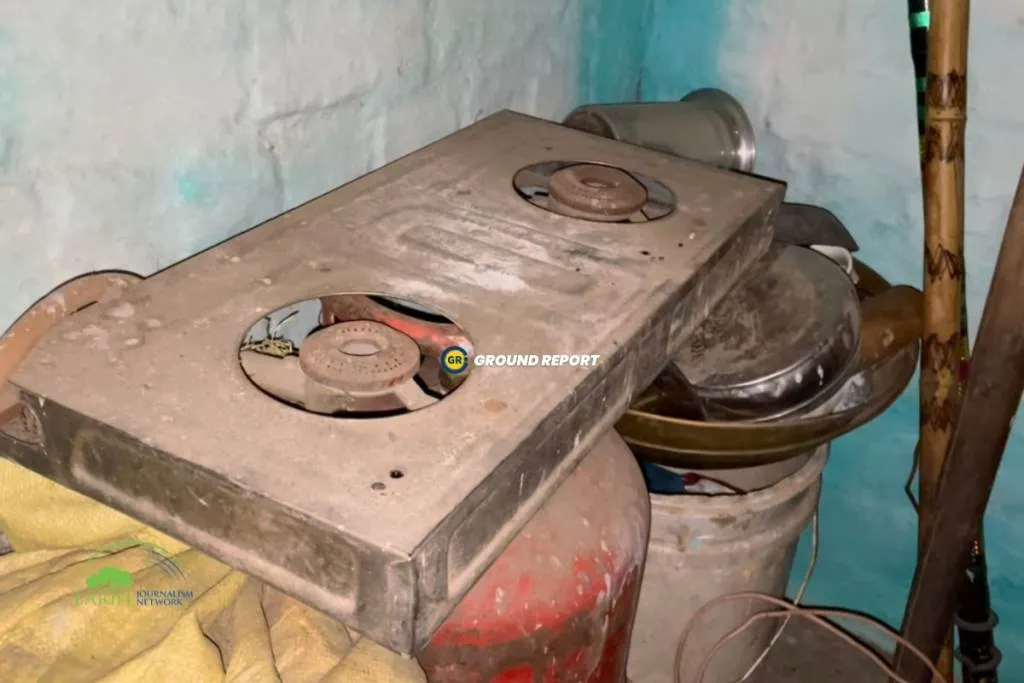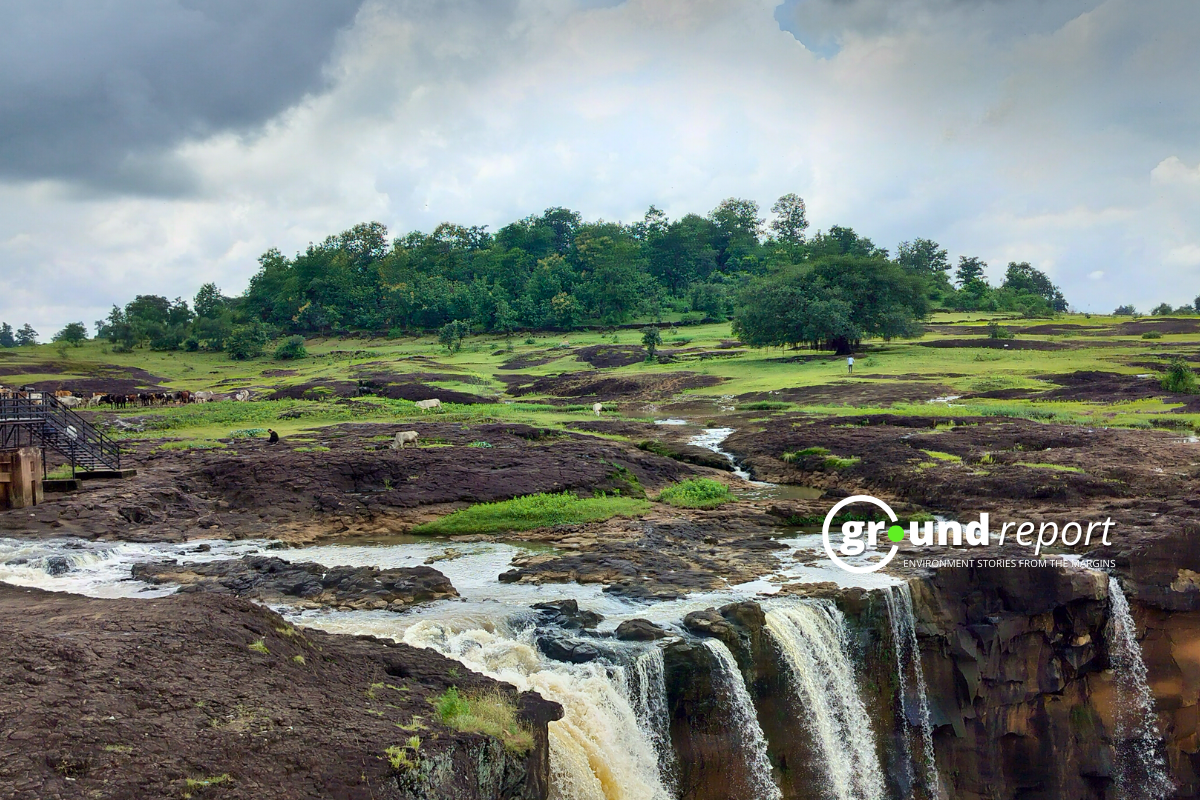The Delhi government will bear the cost of ₹13 crore for a pilot study of artificial rain. The Secretary has been directed to prepare a proposal in coordination with IIT Kanpur and present it before the Supreme Court.
IIT Kanpur, in collaboration with a delegation from the Confederation of Indian Industry (CII), proposed a pilot project to create artificial rain over Delhi to both the Delhi government and Lieutenant Governor VK Saxena. However, as of late Thursday evening, neither the LG nor the Delhi government had received an official proposal from the institute.
In a letter to Kumar, Rai stated, “…We agreed in the meeting on November 8, 2023, to undertake a pilot project for artificial cloud seeding in Delhi, covering approximately 300 sqkms, as Phase-1 around November 20, 21, due to the deteriorating air quality levels over Delhi. At the same time, we may also seek approvals for phase-2, which covers around 1,000 sqkms, so that we can carry out a repeat round over a larger area of Delhi if the air pollution emergency persists beyond November 21.”
Artificial Rain in Delhi
Artificial rain, also known as rainmaking, is the act of attempting to artificially induce or increase precipitation. It is usually done to stave off drought or global warming.
The plan to induce artificial rain is based on the advice of a team from IIT-Kanpur. The team has previously carried out successful trials of artificial rain in Kanpur, with six out of seven attempts proving successful. They have confirmed the feasibility of trying out the technology in Delhi during winter to reduce air pollution levels.
The estimated cost of the project will be around Rs 1 lakh per square kilometre. The team has recommended carrying out a pilot cloud seeding initiative covering 300 square kilometres immediately in the first phase, given the air pollution emergency prevailing in Delhi. This puts the total cost for the first phase at approximately Rs 3 crores.
The process of inducing artificial rain, known as cloud seeding, involves dispersing substances into the air to encourage condensation, resulting in precipitation. The success of this process depends on several factors, including the presence of clouds with a minimum of 40% moisture content, the availability of aircraft and setup, seeding material, and permissions.
The Delhi government is ready to bear the cost of the project, but it requires permissions from 10 central government ministries and agencies, as well as the Uttar Pradesh government, to induce artificial rain.
Cloud seeding
Cloud seeding is a type of weather modification that aims to change the amount or type of precipitation that falls from clouds. It does this by dispersing substances into the air that serve as cloud condensation or ice nuclei.
A compound called silver iodide (AgI) is used by most cloud seeding operations to aid in the formation of ice crystals. Silver iodide, which exists naturally in the environment at low concentrations, does not have known harm to humans or wildlife.
Cloud seeding experiments have been conducted in various countries outside India, including China and France. In China, different cities have their own cloud seeding plans, often carried out with the help of the military. In France, over 20 departments coordinate to prevent hail from damaging agricultural fields during the spring and summer months.
Madhavan Rajeevan, former secretary of the Ministry of Earth Sciences, stated that cloud seeding can be successful to a certain extent. He mentioned that the Indian Institute of Tropical Meteorology in Solapur had achieved a reasonable amount of success with cloud seeding in 2018 and 2019.
Manindra Agrawal from IIT Kanpur, who leads the artificial rain project, revealed that they plan to use their own specially modified aircraft for a pilot project in Delhi. They have retrofitted the aircraft with cloud-seeding equipment. Agrawal said that they conducted flight runs in this monsoon season to test the modifications they made to the plane and the Directorate General of Civil Aviation (DGCA) subsequently approved them. His team conducted all past experiments in Kanpur.
Keep Reading
- Why Composite Water Management Index Report is important?
- Countdown to health disasters: Climate change’s growing threat
- Air pollution in Delhi, Chennai increasing risk of diabetes: study
- Earthquake in Delhi: Why is Delhi NCR so prone to earthquakes?
Follow Ground Report for Climate Change and Under-Reported issues in India. Connect with us on Facebook, Twitter, Koo App, Instagram, Whatsapp and YouTube. Write us on GReport2018@gmail.com.






